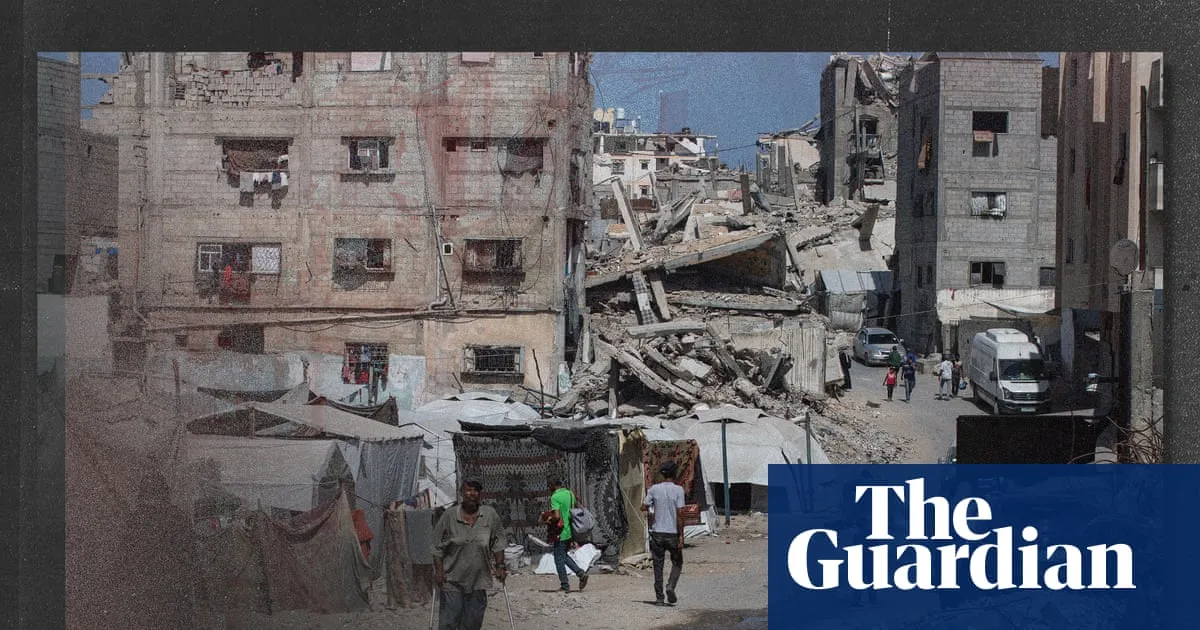
The devastating war in Gaza has now entered its third year, marking it as Israel's longest conflict since the establishment of the state in 1948. The ongoing military offensive has resulted in a staggering death toll that exceeds 67,000, the majority of whom are civilians. The toll includes entire families wiped out in single airstrikes, often leaving just one survivor, typically a child. Additionally, nearly 170,000 individuals have sustained injuries, bringing the total casualties to approximately 10% of Gaza's pre-war population of 2.3 million. The actual number of fatalities may be much higher, as many victims remain buried beneath rubble or have succumbed to untreated illnesses, malnutrition, and suicide related to the conflict.
The humanitarian cost of this conflict is staggering. As of now, over 67,000 Palestinians have been killed in Gaza, with at least 20,000 being children, representing about 2% of the child population. More than 168,000 individuals have been injured, many suffering from wounds typically seen in military combat. Beyond the immediate violence, many have lost their lives to hunger, lack of shelter, and the collapse of the healthcare system. A respected study published in the Lancet suggests that life expectancy in Gaza may have decreased by as much as 50% in the first year of the conflict. Despite official skepticism from Israeli authorities regarding the death toll, former Israeli army commander Herzi Halevi has stated that over 200,000 Palestinians have been killed or injured during the war.
The intensity of Israel's aerial bombardments has resulted in catastrophic destruction. Estimates indicate that approximately 436,000 homes have been damaged or destroyed, accounting for 92% of the total housing stock. The conflict has displaced around 2.1 million Palestinians, which is 95% of Gaza's population. Aid organizations report that many are now living in makeshift tent cities or overcrowded shelters, struggling with poor sanitation and limited access to clean water. Currently, around 1 million people lack access to six liters of drinking water per day, while 500,000 endure even more dire conditions. Historical and cultural landmarks, including medieval mosques and ancient sites, have suffered extensive damage or complete destruction.
The war has severely disrupted education in Gaza. Over 745,000 students have been out of school for more than two academic years, including 88,000 higher education students whose studies have been interrupted. More than 90% of school buildings and a significant portion of higher education campuses have been damaged or destroyed. Schools operated by the UNRWA have been repurposed as emergency shelters, hosting large numbers of displaced individuals, yet many have also been targeted in Israeli strikes, purportedly aimed at Hamas militants.
The healthcare system in Gaza is on the brink of collapse. Reports indicate that there have been 654 attacks on healthcare facilities since the onset of the war, resulting in the deaths of over 1,700 health workers. As of last month, only 14 out of Gaza's 36 hospitals were partially operational, and remaining facilities are overwhelmed with patients. The World Health Organization has documented over 735 attacks on healthcare, which have killed 917 individuals and injured 1,411. Restrictions on medical supplies entering Gaza have exacerbated the situation, leaving healthcare providers ill-equipped to deal with the needs of the population.
The conflict has precipitated a severe hunger crisis, with the UN reporting 400 malnutrition-related deaths, including 101 children. Many families, particularly pregnant mothers, are struggling to survive on just one meal a day. A famine has been declared in parts of Gaza, and the destruction of agricultural infrastructure has significantly limited food production. Despite a brief ceasefire that allowed for some aid, ongoing restrictions have led to further shortages, with reports of food being looted by desperate populations.
The environmental toll of the war is alarming. Since 2023, Gaza has lost 97% of its tree crops and 95% of its shrubland, jeopardizing future food security. Current estimates indicate that only 1.5% of Gaza’s cropland is suitable for farming. The use of munitions has contaminated soil and water sources, posing long-term risks to the health of residents. The situation continues to deteriorate, with experts warning of a legacy of environmental destruction that could affect generations to come.
In summary, the ongoing war in Gaza has resulted in unparalleled humanitarian suffering, with vast numbers of casualties, widespread destruction, and a growing crisis in healthcare, education, and food security. The international community continues to grapple with the implications of this conflict, as the situation evolves and the need for urgent humanitarian assistance becomes increasingly critical.